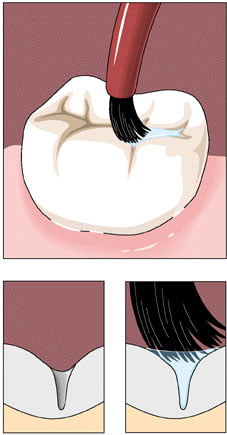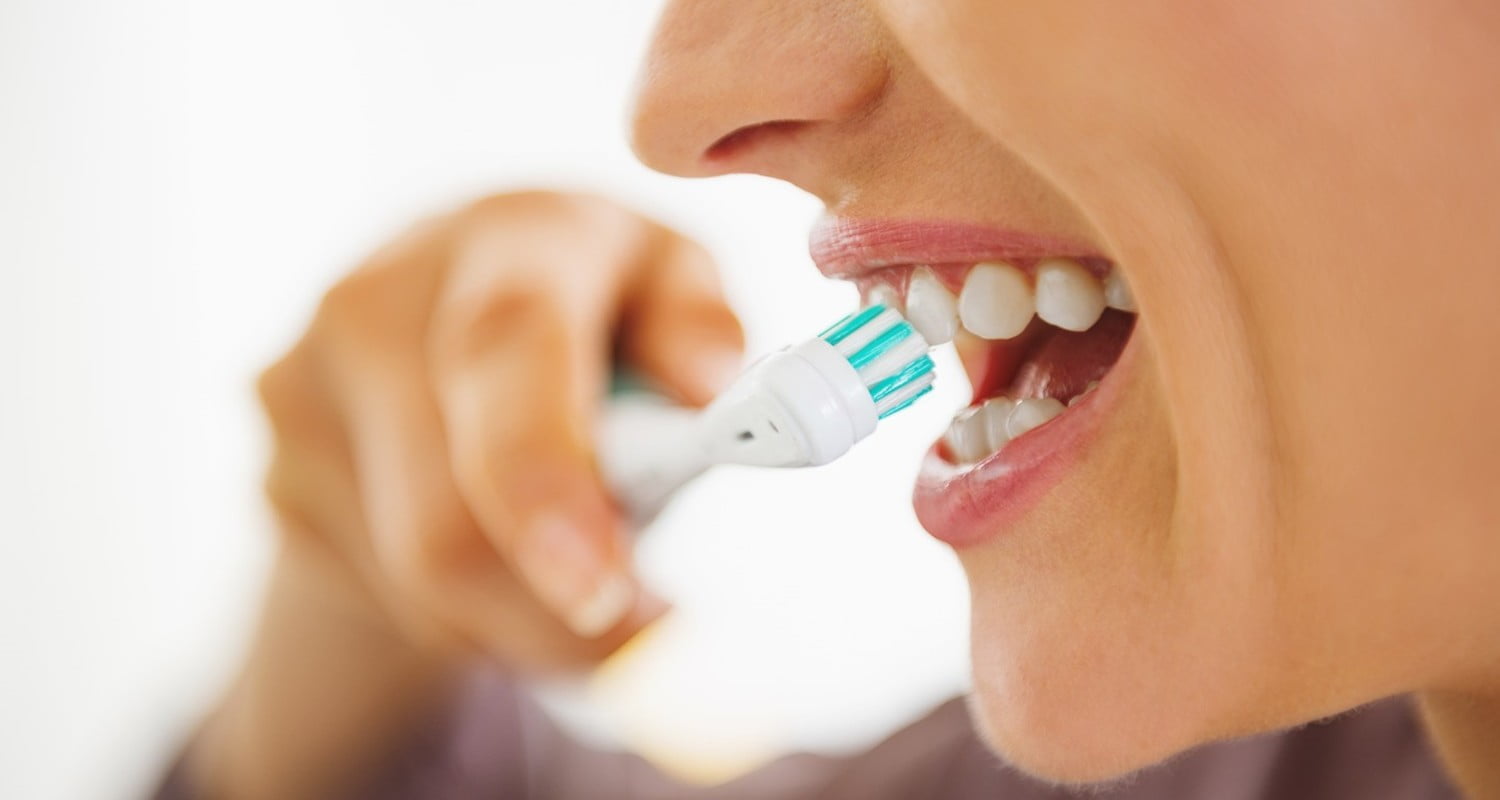Fissure Sealants

What is a fissure? Frequent bruises are encountered in children due to frequent consumption of sugar and insufficient oral hygiene. Bacteria plaques adhering to the tooth surfaces produce acid and cause corrosion.  Development grooves on the chewing surfaces of the rear teeth are called "fissure" and these non-flat surfaces are very favorable for the accumulation of bacterial plaques. Besides, these grooves are more prone to decay. Because: The tooth enamel is thinner in this area than other surfaces. With brushing, the nutrients and plaques on the tooth surface are removed, but these grooves are too narrow for even a single toothbrush hair to penetrate and are usually drip-shaped, so even with the best tooth brushing technique, bacterial plaques in this area cannot be cleaned completely. What is a fissure sealant? Fissure sealants are plastic-based materials in the form of transparent or white fluids applied to grooves on the back teeth. It sticks on the tooth enamel, preventing the formation of decay. Since the fluid is viscous, it is held by completely flowing into these grooves on the tooth surface, thus avoiding unnecessary wear from the tooth surface. How is the fissure sealant applied? Fissure decay is most common in children and youth. Groove decays are often observed in the newly coming out permanent first and second molar teeth. Since no abrasion is performed on the tooth, it is painless and takes only a few minutes.
Development grooves on the chewing surfaces of the rear teeth are called "fissure" and these non-flat surfaces are very favorable for the accumulation of bacterial plaques. Besides, these grooves are more prone to decay. Because: The tooth enamel is thinner in this area than other surfaces. With brushing, the nutrients and plaques on the tooth surface are removed, but these grooves are too narrow for even a single toothbrush hair to penetrate and are usually drip-shaped, so even with the best tooth brushing technique, bacterial plaques in this area cannot be cleaned completely. What is a fissure sealant? Fissure sealants are plastic-based materials in the form of transparent or white fluids applied to grooves on the back teeth. It sticks on the tooth enamel, preventing the formation of decay. Since the fluid is viscous, it is held by completely flowing into these grooves on the tooth surface, thus avoiding unnecessary wear from the tooth surface. How is the fissure sealant applied? Fissure decay is most common in children and youth. Groove decays are often observed in the newly coming out permanent first and second molar teeth. Since no abrasion is performed on the tooth, it is painless and takes only a few minutes. In some cases, some of the chewing surface of the tooth is decayed and the other parts are intact. In this case, the filling is made to the decay area and a fissure sealant is applied to protect the remaining solid fissure against the corrosion. (PRR method) How long do the fissure sealants last in the mouth? Studies have shown that fissure sealants remain on teeth at 85-90 percent even after years. Frequent consumption of tooth grinding and hard foods may cause fissure sealants to break faster and fall off the teeth. The better the fastening force of the fissure sealants to the tooth enamel during application, the longer they remain on the teeth. In spite of all, if the fissure sealant drops, your child’s tooth is much more resistant to decay than a tooth that has never had a fissure sealant applied before. Protection against decay will continue if it is detected that the fissure sealant has fallen and reapplied. Above all, it is the ability of the child to maintain oral hygiene, and if care is not taken of the oral hygiene, the teeth will still decay.
In some cases, some of the chewing surface of the tooth is decayed and the other parts are intact. In this case, the filling is made to the decay area and a fissure sealant is applied to protect the remaining solid fissure against the corrosion. (PRR method) How long do the fissure sealants last in the mouth? Studies have shown that fissure sealants remain on teeth at 85-90 percent even after years. Frequent consumption of tooth grinding and hard foods may cause fissure sealants to break faster and fall off the teeth. The better the fastening force of the fissure sealants to the tooth enamel during application, the longer they remain on the teeth. In spite of all, if the fissure sealant drops, your child’s tooth is much more resistant to decay than a tooth that has never had a fissure sealant applied before. Protection against decay will continue if it is detected that the fissure sealant has fallen and reapplied. Above all, it is the ability of the child to maintain oral hygiene, and if care is not taken of the oral hygiene, the teeth will still decay.







